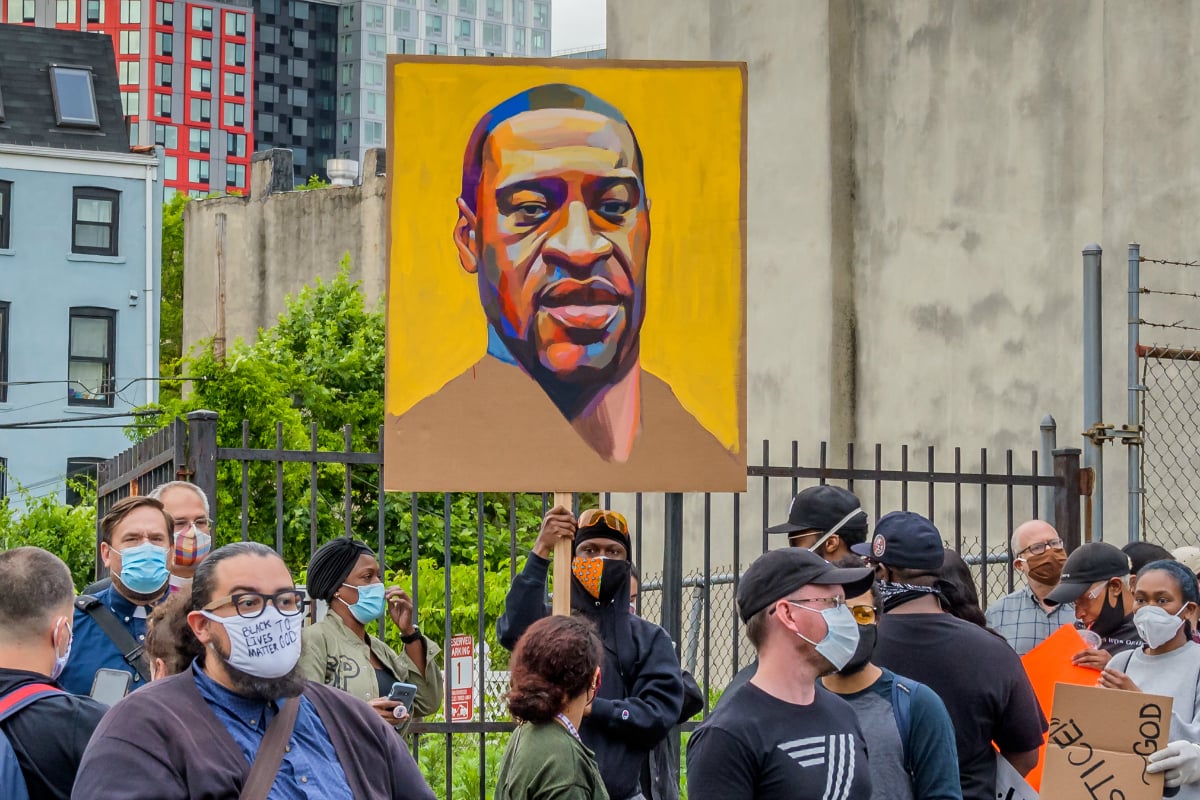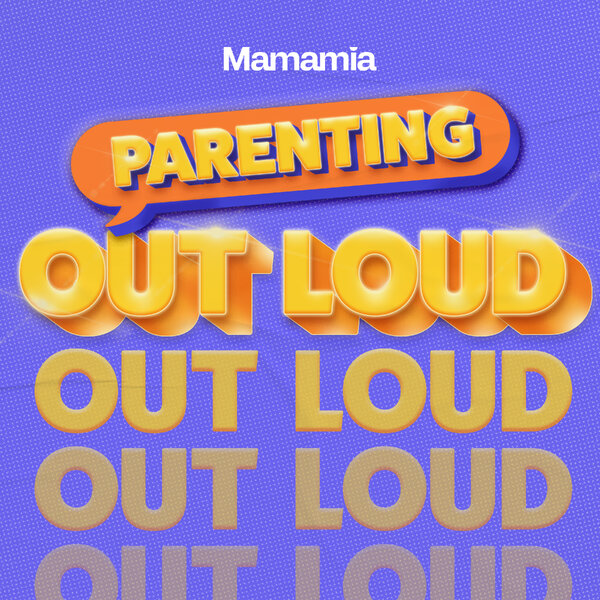
The past month has been one of mass upheaval for large pockets of the world.
A pandemic has leeched its way across continents, infecting more than 6.5 million people, claiming more than 387,000 lives and sucking economies dry.
Then, as one of the worst-affected countries – the United States – begins to flatten its epidemic curve, centuries-worth of anger breaks out in the midwestern city of Minneapolis and spreads across the nation and to others far away.
Each crisis is the result of two very different, yet equally stubborn and lethal diseases: novel coronavirus, and systemic racism.
George Floyd survived only one.
Watch: “Get your knee off our necks”: Rev. Al Sharpton speaks at George Floyd’s memorial.
The full results of the official autopsy performed on the 46-year-old Minneapolis man were released this week. Floyd died on May 25 after being restrained facedown by a police officer who knelt on his neck for a total of 8 minutes and 46 seconds.
The report concluded Floyd died of “cardiopulmonary arrest complicating law enforcement subdual, restraint, and neck compression”. It also revealed he had tested positive for SARS-CoV-2, the virus responsible for COVID-19 infections.
The known April 3 diagnosis wasn’t a contributing factor in his death, the Hennepin County Medical Examiner’s Office concluded, but simply most likely the result of “asymptomatic but persistent … positivity from previous infection”.




























































































